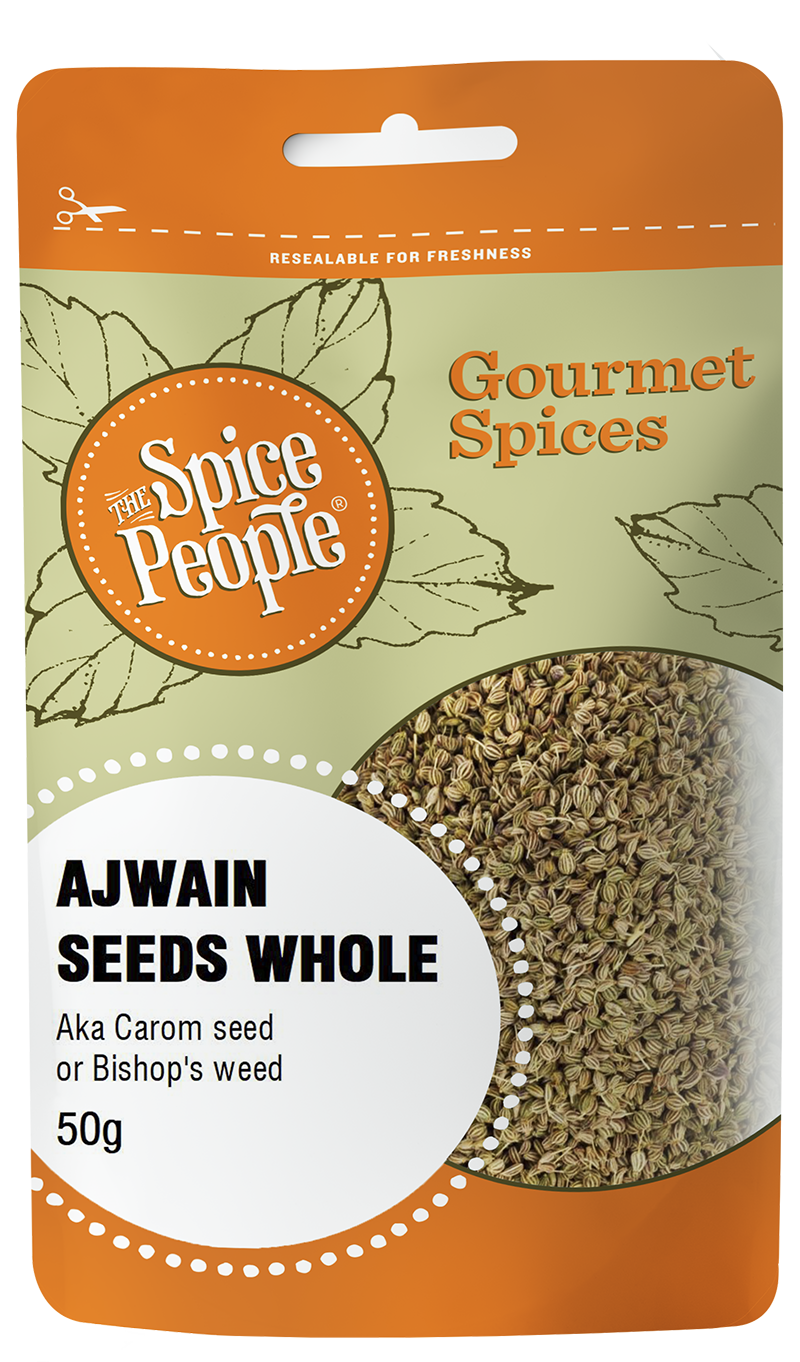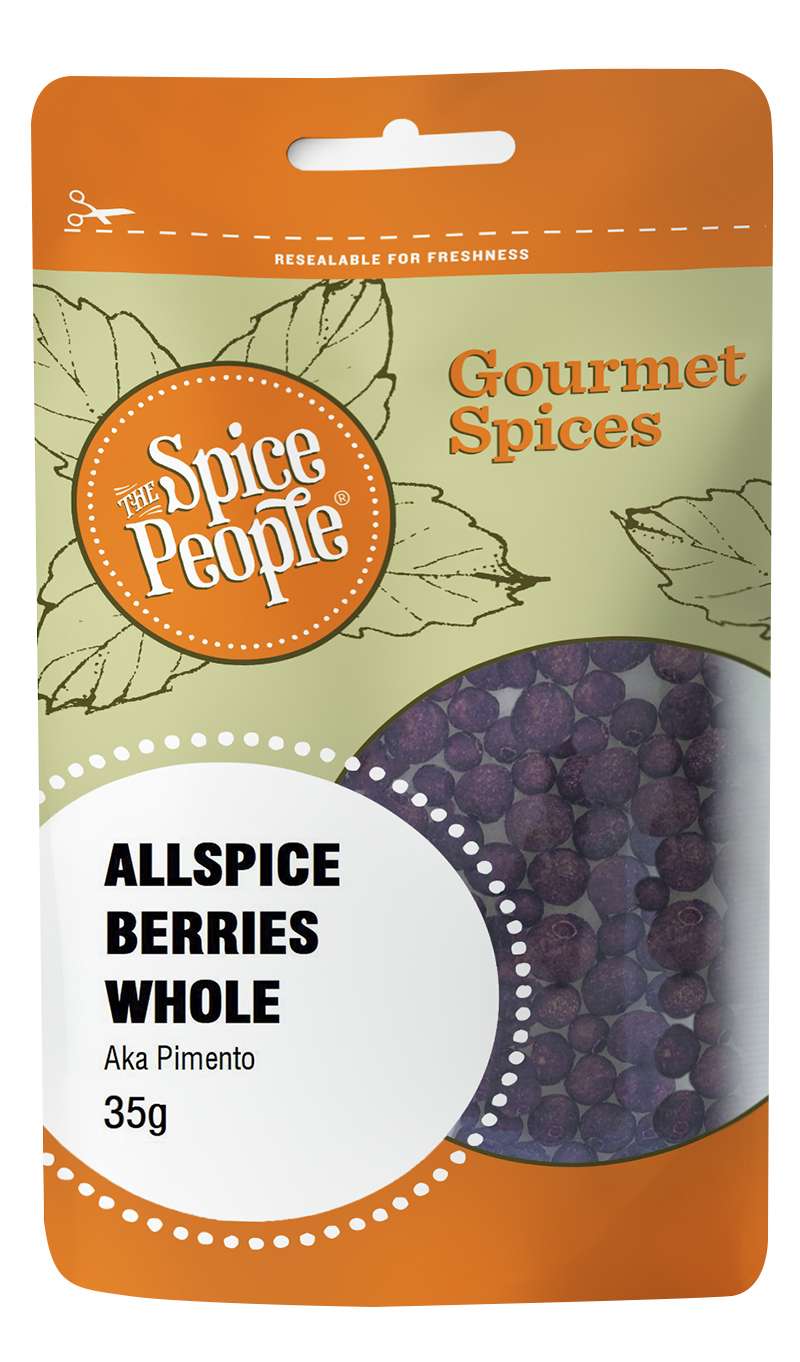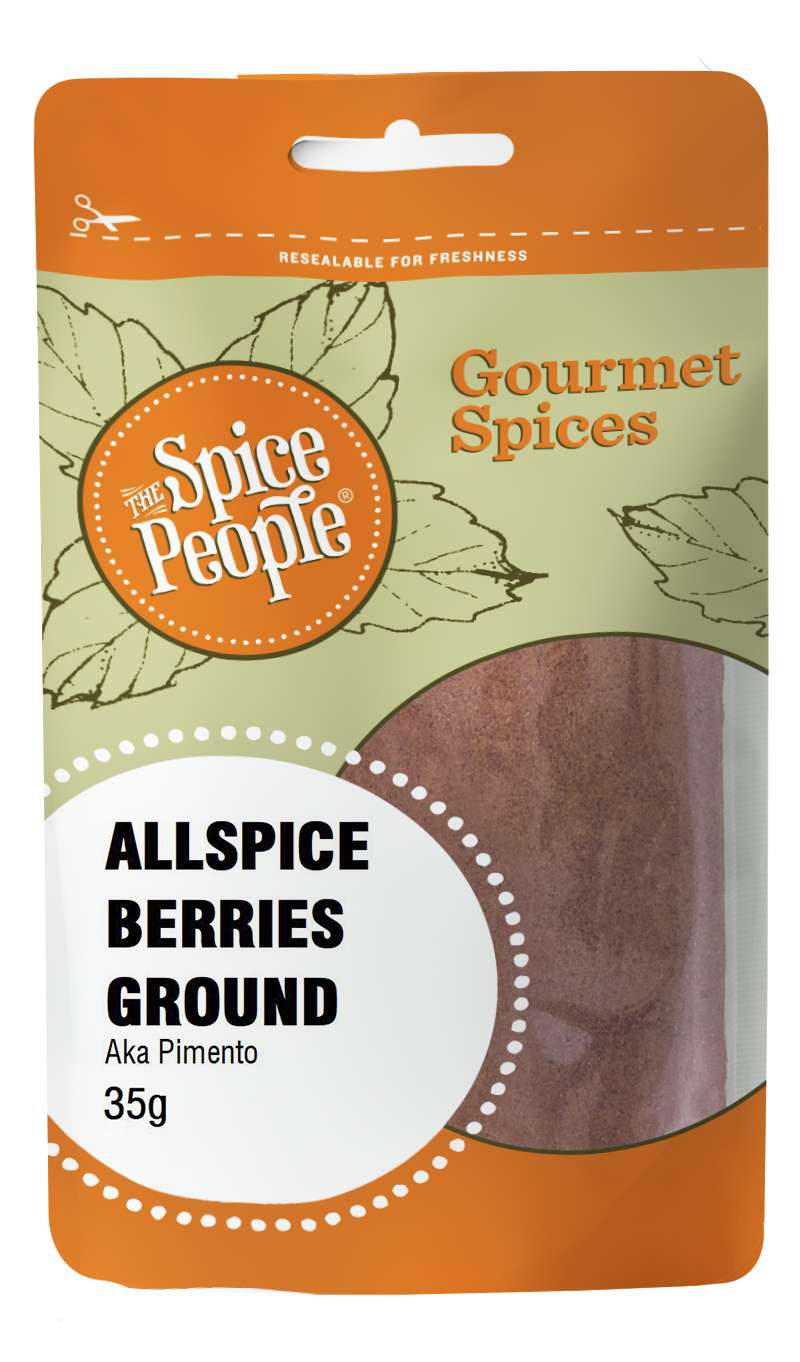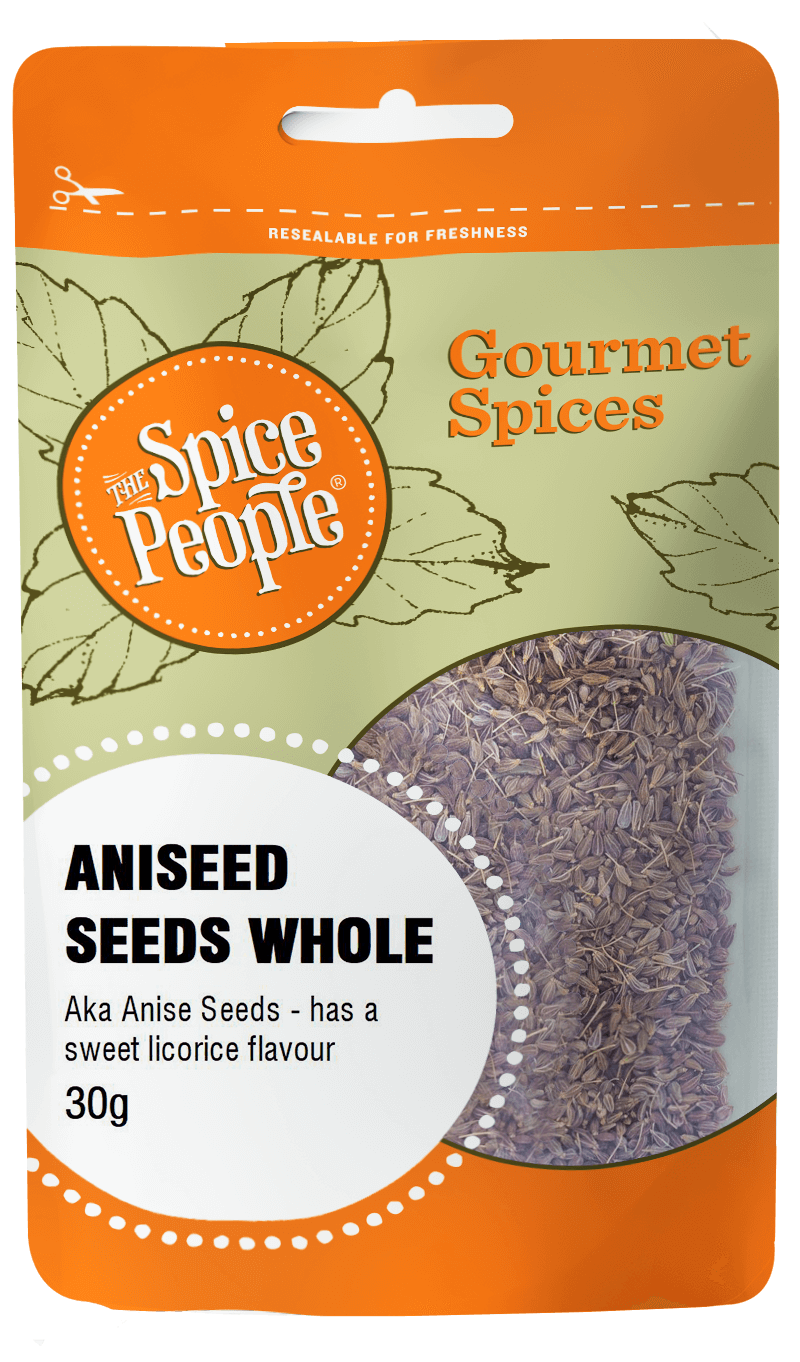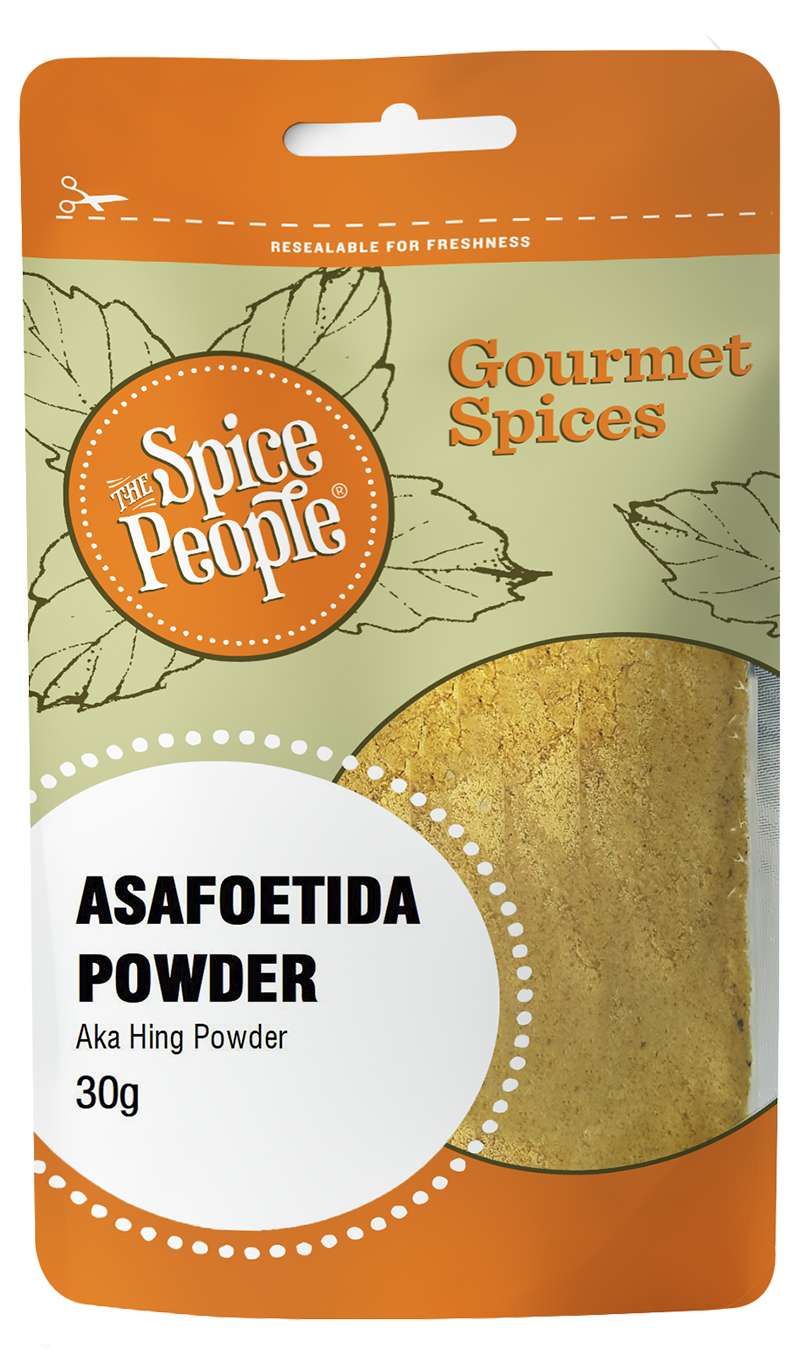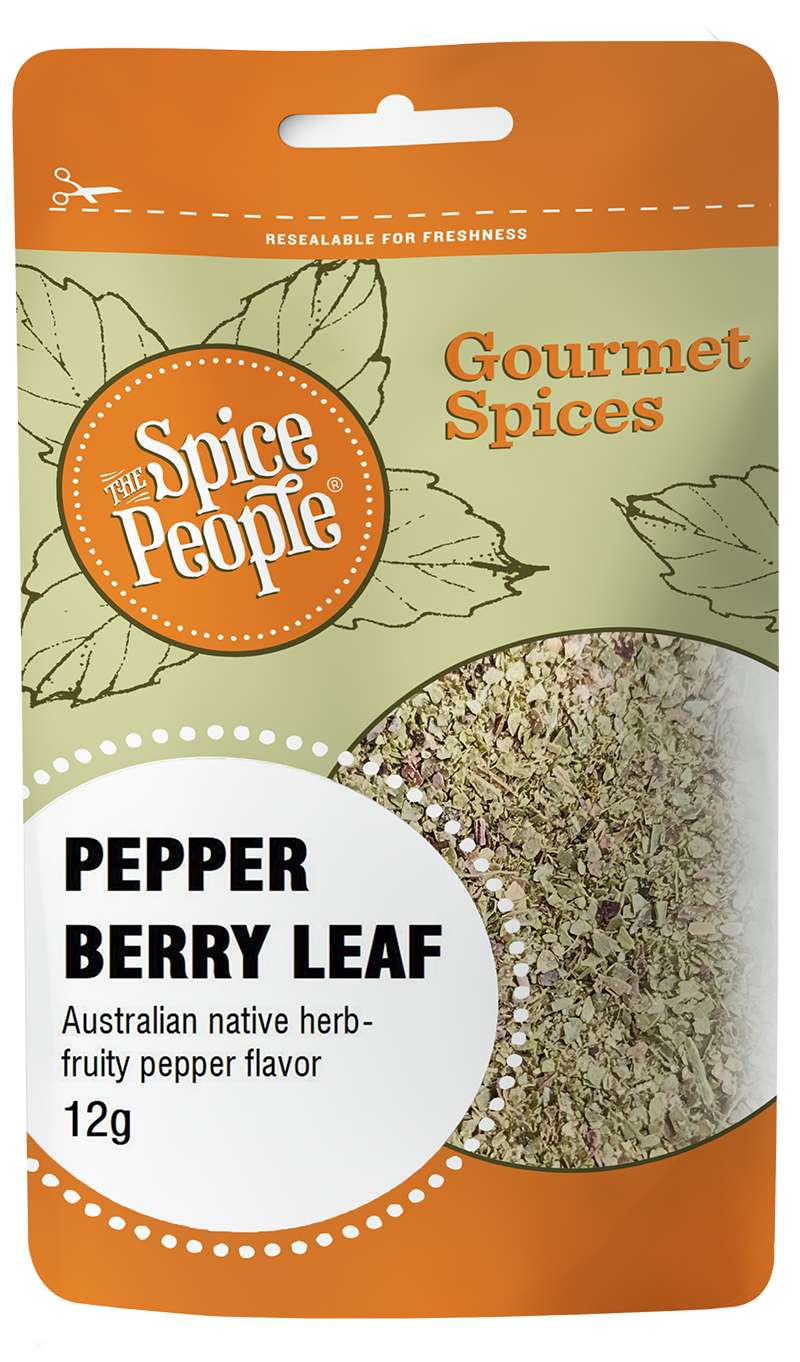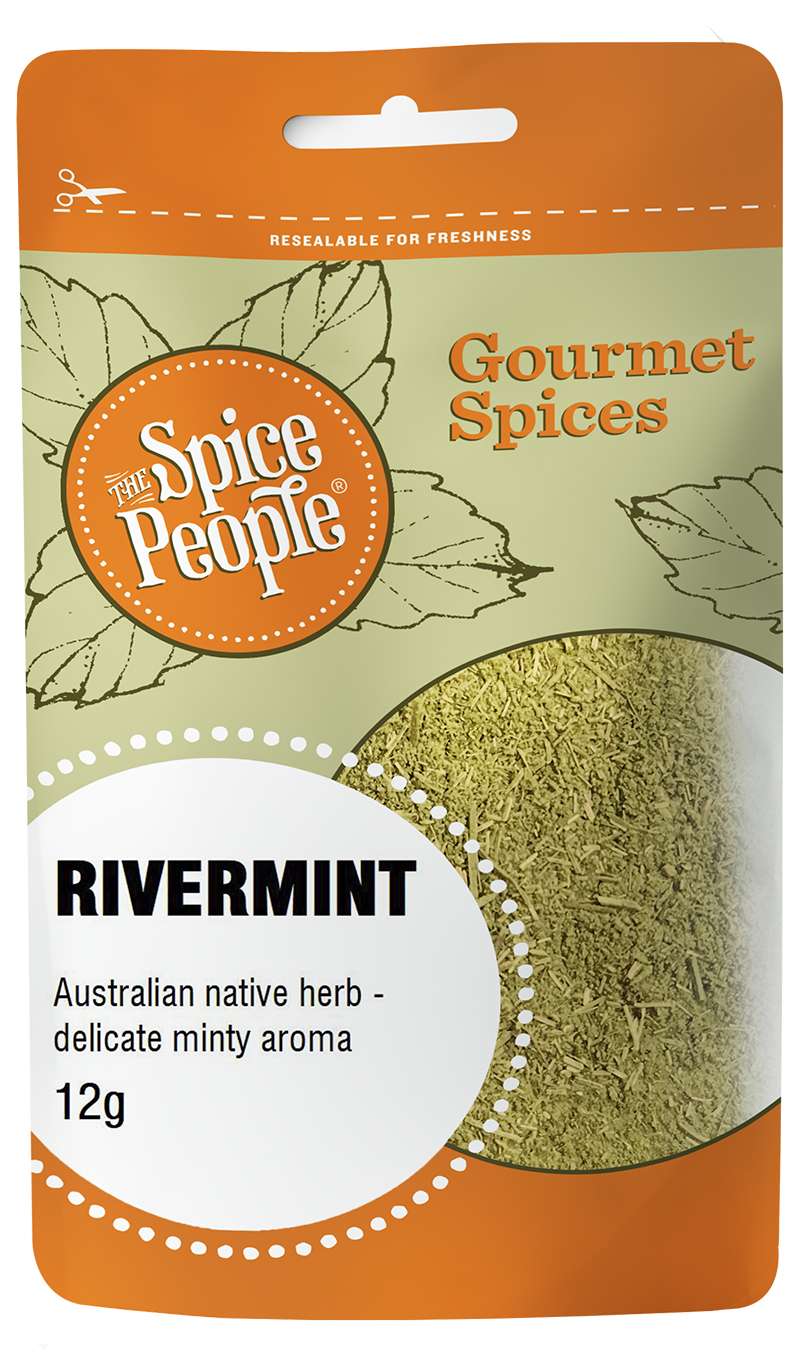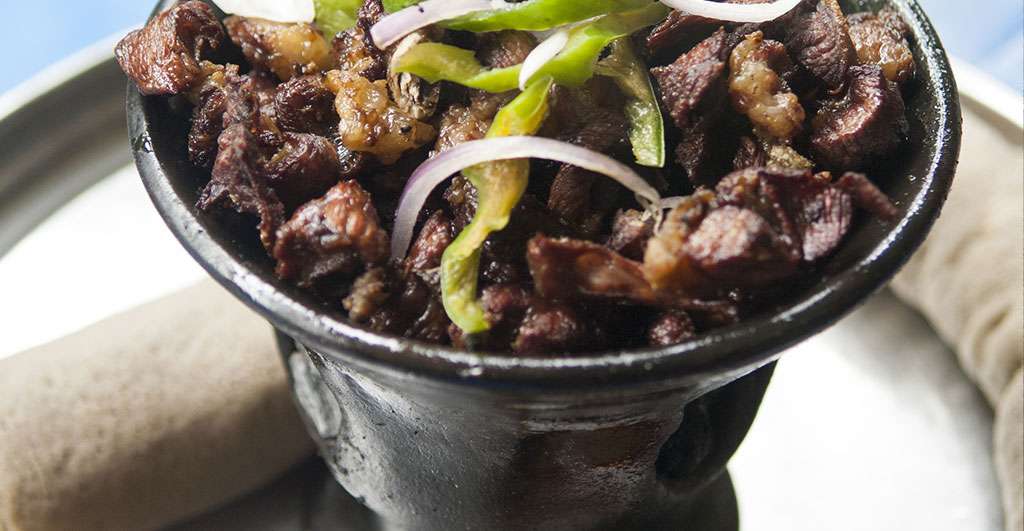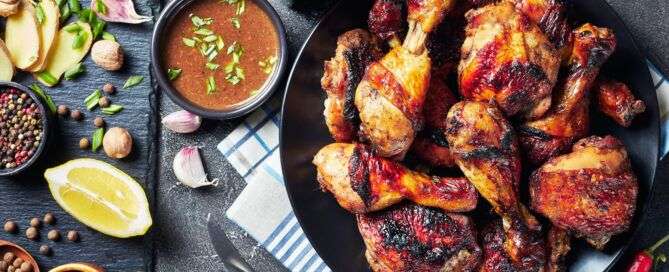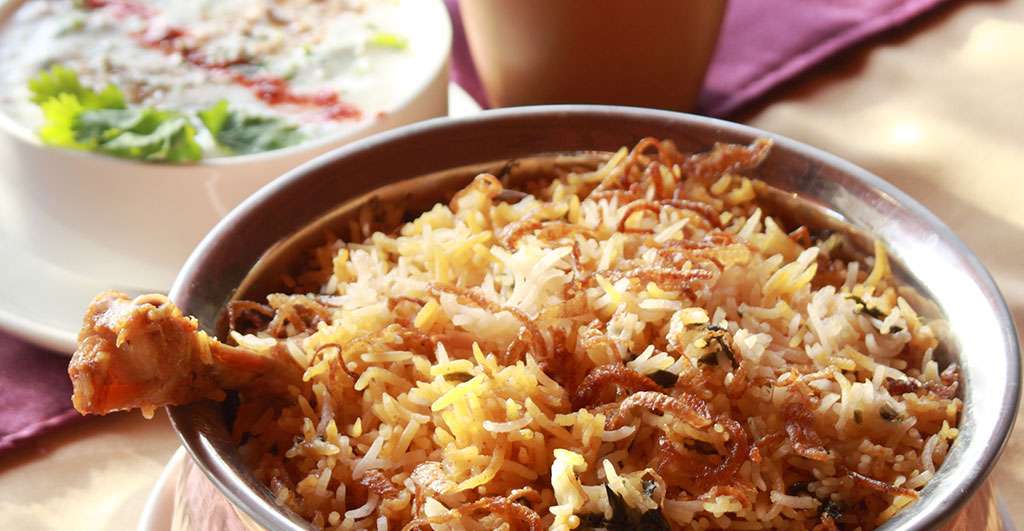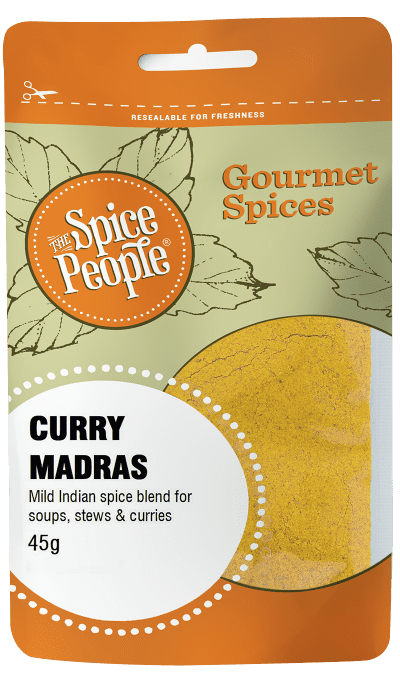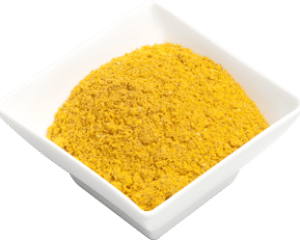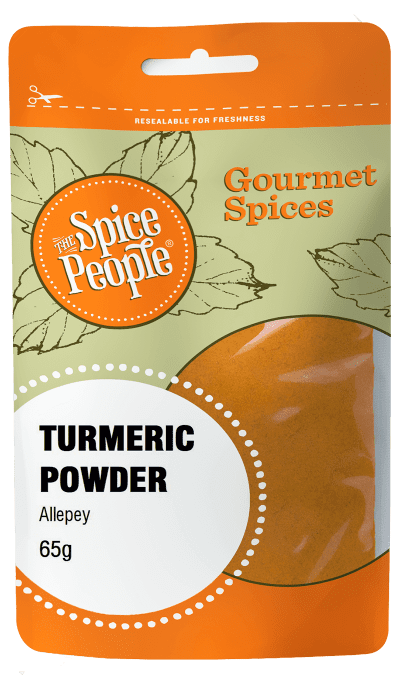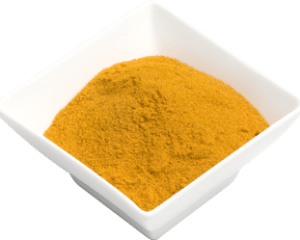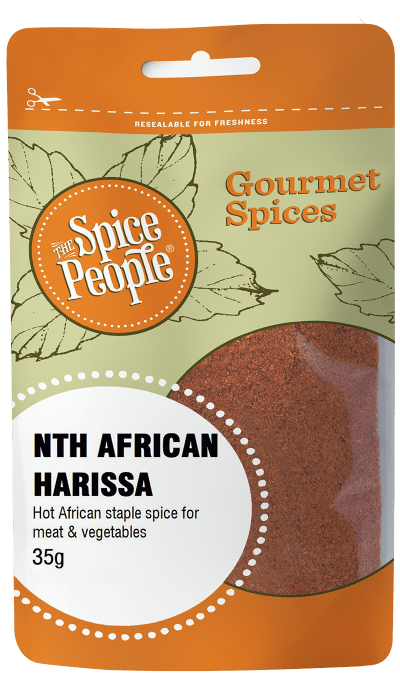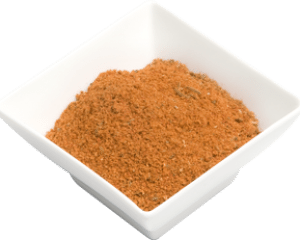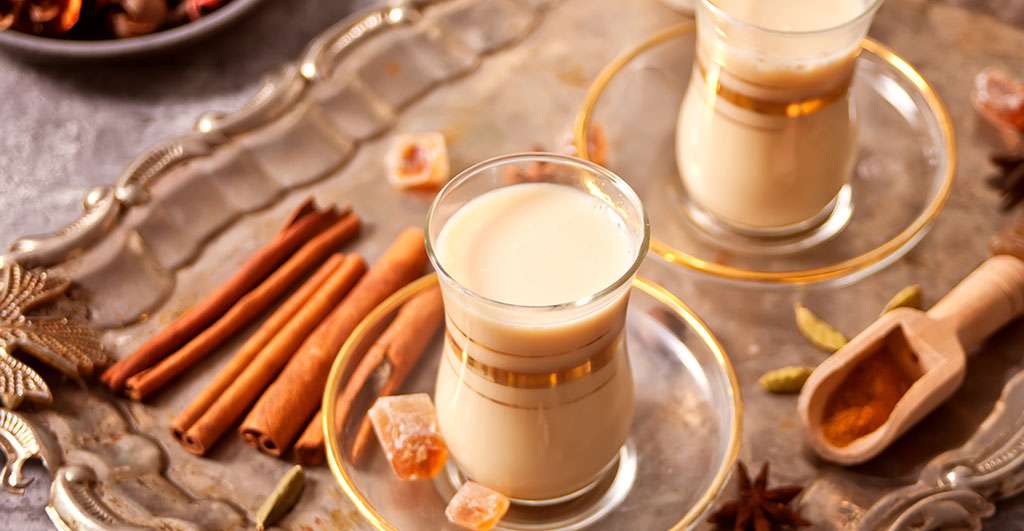What To Consider When Choosing Between Brown Rice And Couscous
Grains are what many many delicious dishes complete, coming with proteins to make you feel energised and carbohydrates to…
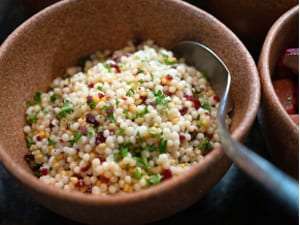

Grains are what many many delicious dishes complete, coming with proteins to make you feel energised and carbohydrates to make you feel satisfyingly full. Two of these grains that passionate home cooks use are brown rice and couscous.
If you are perusing recipes that you are interested in using to make great meals, you might find certain recipes, such as the Morrocan lamb shanks recipe, that call for either rice or couscous, meaning that it’s up to you to decide which grain will be used. You likely are familiar with eating and cooking with rice, but what is couscous?
Couscous (pronounced “koos-koos”) is sometimes considered a pasta rather than a grain. Originating in North Africa, it is made from a combination of wheat flour, semolina, and water. There are several versions of couscous including Moroccan and Israeli couscous, so consumers can choose certain couscous for certain recipes and nail that authentic taste.
But when recipes call for either grain, which is more recommended than the other? There are many characteristics that set both grains apart from one another, and you might tend to prefer one over the other depending on one of many factors.
Preparation Time
When it comes to which grain takes faster to prepare, brown rice will take around 45 minutes. In comparison, couscous will take around 30 to 40 minutes less than brown rice, making it much quicker to prepare. If you want to make your meal as quickly as possible, couscous will help in this regard more than rice.
Calories
If fewer calories is a priority, you would pick couscous over brown rice. One cup of couscous will have around 176 calories. One cup of brown rice would have about 216. This might not be a huge difference, but if you plan to have the same meals over time, that collectively would be quite the difference.
Fiber
Fiber is necessary for reducing the odds of cardiovascular disease, diabetes, and cancer. It also helps maintain blood pressure and cholesterol around normal levels. Fiber also is what allows grains to make you feel full. In one cup of brown rice, you get 14 percent fiber, whereas couscous would only have 8 percent. If you’re familiar with eating brown rice, you know it’s a major source of fiber.
Nutrients
Protein is a necessary nutrient towards the growth and development of skin, muscles, bones, cartilage, and blood. One cup of couscous will typically have six grams of protein, while one cup of brown rice will have five. While couscous edges out brown rice in protein, brown rice has the advantage with other nutrients. Selenium, manganese, niacin, copper, and phosphorus is more abundant in brown rice than it is in couscous. With brown rice, you’ll get plenty of nutrients and almost the same amount of protein that is found in couscous, making it the appealing grain in this category.
Both grains are great additions to meals, and help complete recipes with both taste and nutrition. If you are still unsure about which to choose, here is a short rundown.
Choose Couscous If:
- You want an authentic recipe.
- You want fewer calories.
- You want to make your meal quickly.
Choose Brown Rice If:
- You want a meal full of nutrients.
- You want health benefits.
- You want a meal that makes you feel full.
Summary
In recipes such as Morrocan lamb shanks, you have the option to choose either rice or couscous. Both grains are tasty and have characteristics that give your body health benefits, but they do so in different ways. Consider carefully when preparing for your next meal.

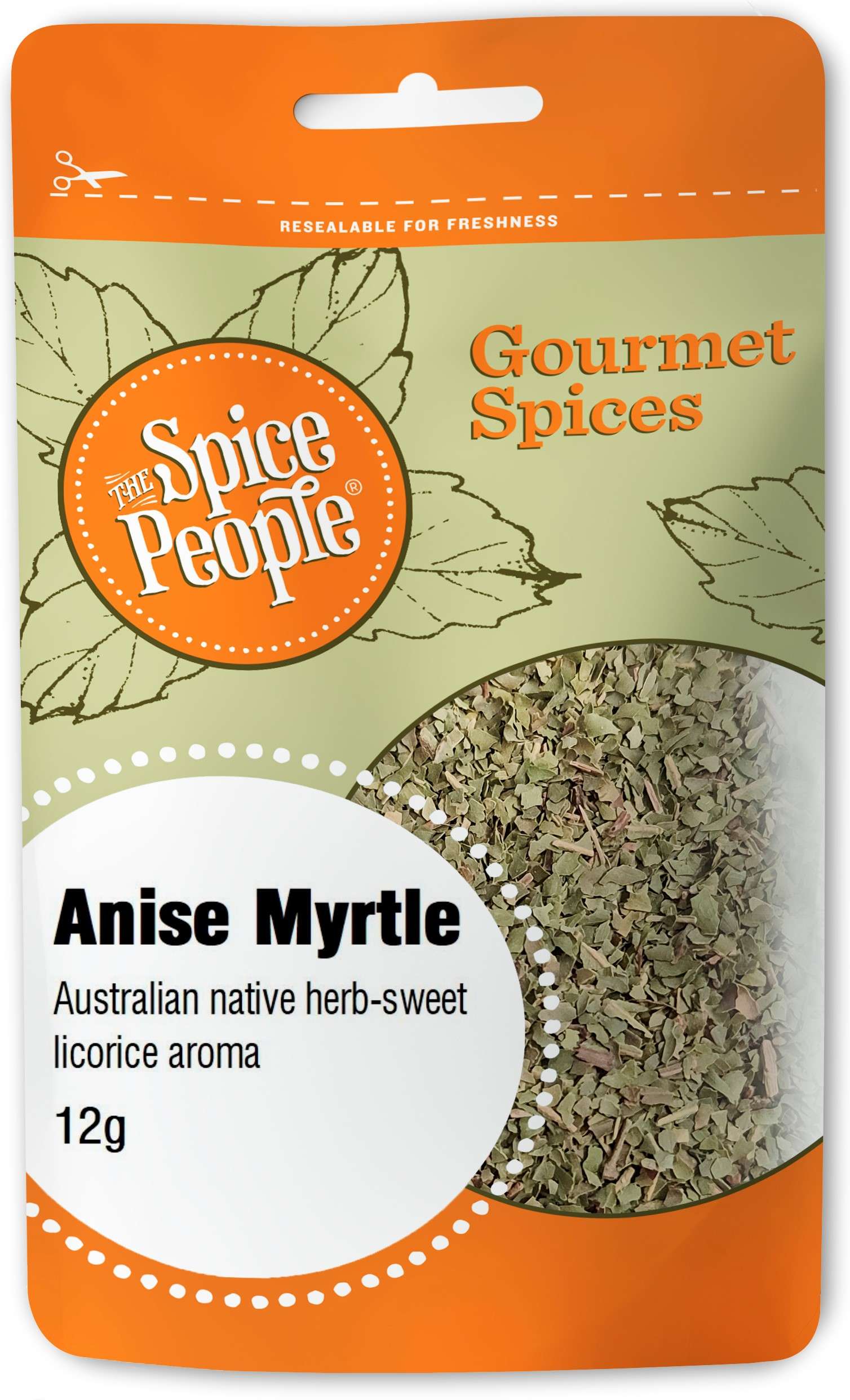
Australian Native Anise Myrtle – 12g
Original price was: $4.99.$3.49Current price is: $3.49.
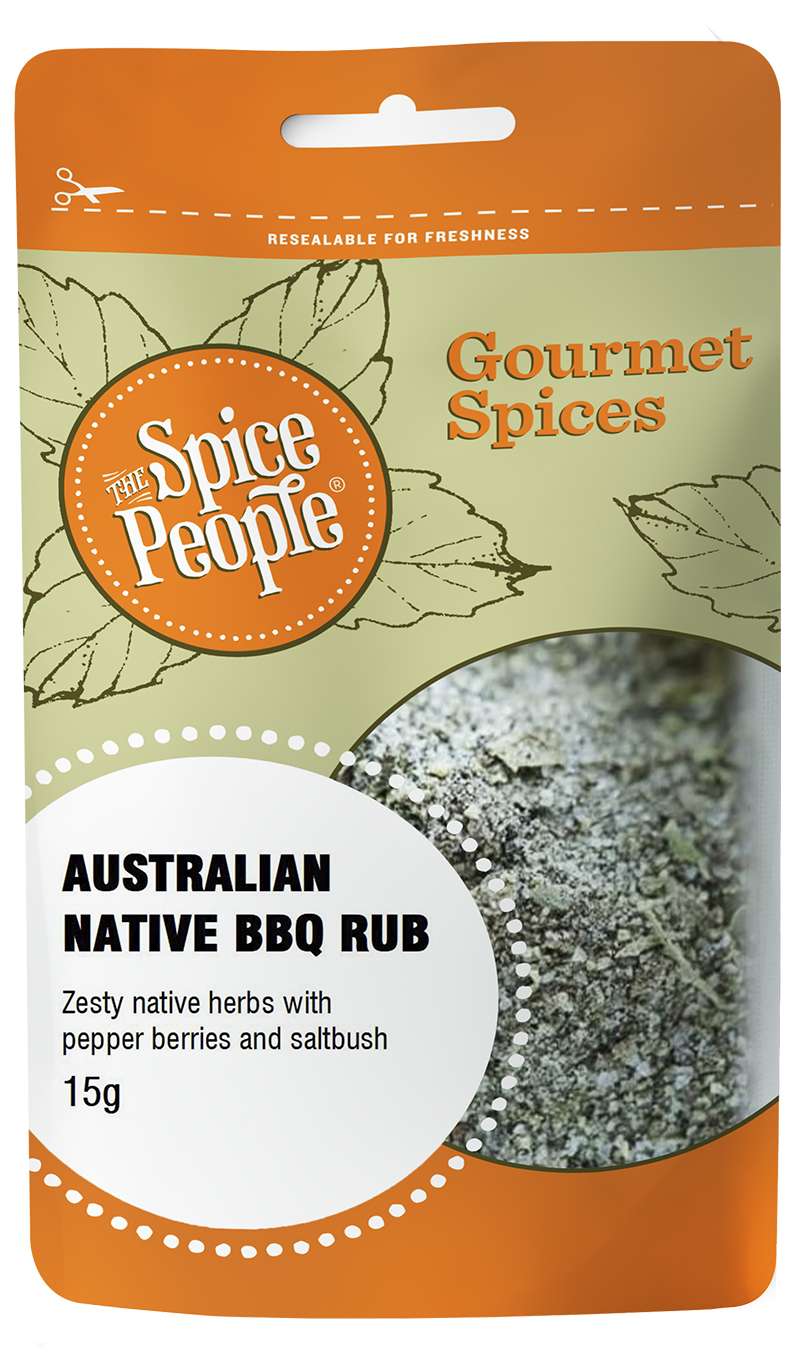
Australian Native BBQ Seasoning – 15g
Original price was: $4.99.$3.49Current price is: $3.49.
Search
Recent Posts
Categories
How to
health heros
Spice travels
Discover more Spices
Similar Blog Posts
Join the Spice People to Get Started on Your Culinary Spice Journey!
Be the first to hear about our exclusive promotions, new product releases, recipes and more.
